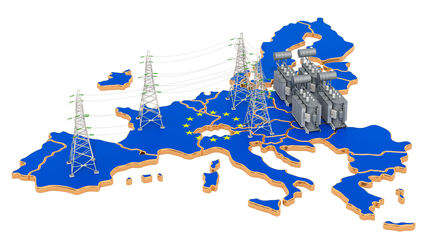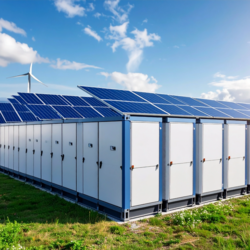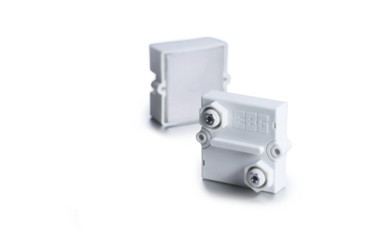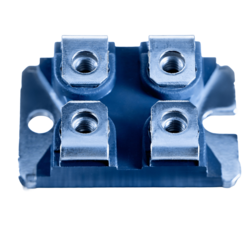The energy transition is about taking a decisive step towards a sustainable future. A major topic is the increasing number of renewable energy sources that need to be integrated into our power grid. Ultimately, it means that energy infrastructure needs to be adapted, and to coordinately all this, national and supra-regional network development plans are needed.
Power electronics play an important role in this context. In this blog, you can learn how power electronics supports the energy transition and which special applications are in focus.

The network development plan (NDP) is a tool for strategically planning the power grid infrastructure. It ensures that the grid is capable of handling the increasing supply of renewable energy and that potential bottlenecks are identified at an early stage.
That is how the NDP forms the basis for reliable and stable energy supply in an increasingly decentralized energy system. Adapting and expanding the network infrastructure is essential if decentralized, renewable energy sources are to be incorporated.
The NDP has to take the following points into consideration:

As more and more different types of energy sources are being incorporated, the power grid is transforming into an important hub for the integration of renewable energies. Electronic power passes through various stages of power electronics from the point of generation to the point of consumption. As a result, the use of inverters is becoming widely spread. That is why power electronics is an important technology for the integration of renewable energy and energy storage.

Converters are needed in high voltage direct current transmission systems (HVDC) and therefore represent an important technology for the integration of renewable energies. They make it possible to convert direct current into alternating current and vice versa. This is necessary to operate wind power turbines, solar systems and other renewable energy sources.
Miba Resistors offers reliable, high performance power resistors to enable efficient, safe transmission and conversion of energy.
High power resistors ensure that the excess energy generated during the transport of electricity is safely dissipated. Without this protective measure, critical overloads could occur that would destabilize the whole power grid. Learn more about HVDC technology in energy transmission in our blog.
Advantages:
High voltage resistors from Miba Resistors also play a central role in smart grids by enabling precise voltage measurements in the transmission lines. By monitoring these measurements, local outages or faults in energy transmission can be quickly detected and resolved.
Advantages:

The energy transition cannot be achieved without the use of resistors in power generation and the transmission of power over long distances. Resistors are a central component for ensuring grid stability and enabling the integration of renewable energies.
Would you like to learn more about the energy transition and power electronics?
As a leading manufacturer of high performance and high voltage resistors, we would be pleased to hear from you.
Get in touch now!